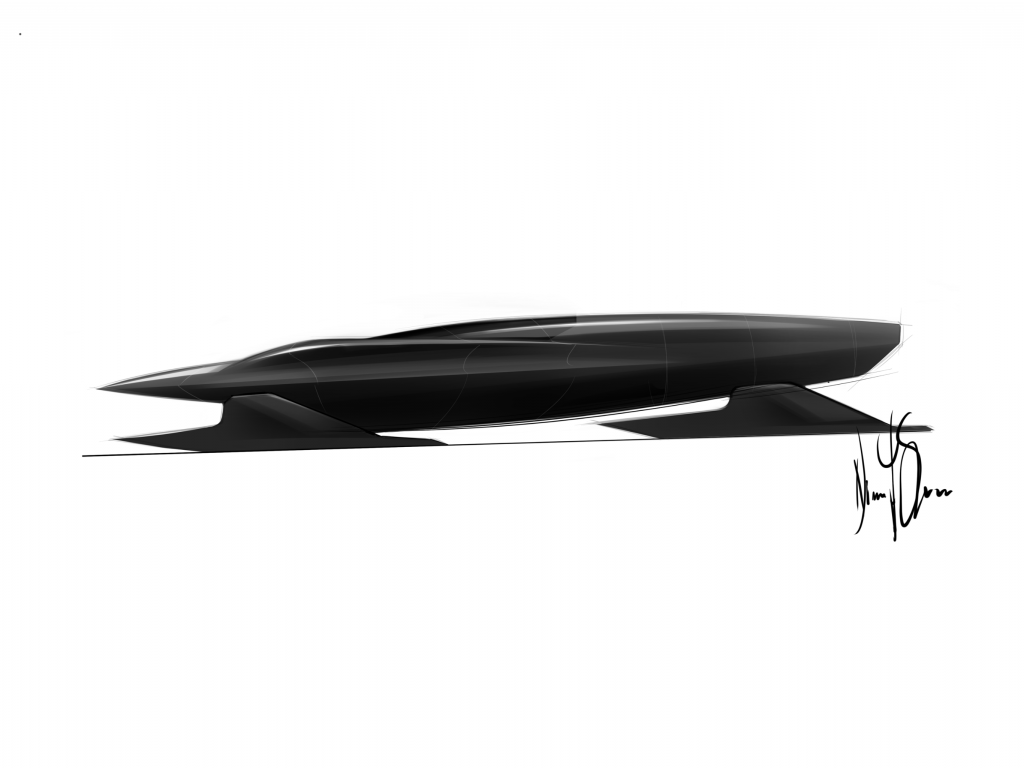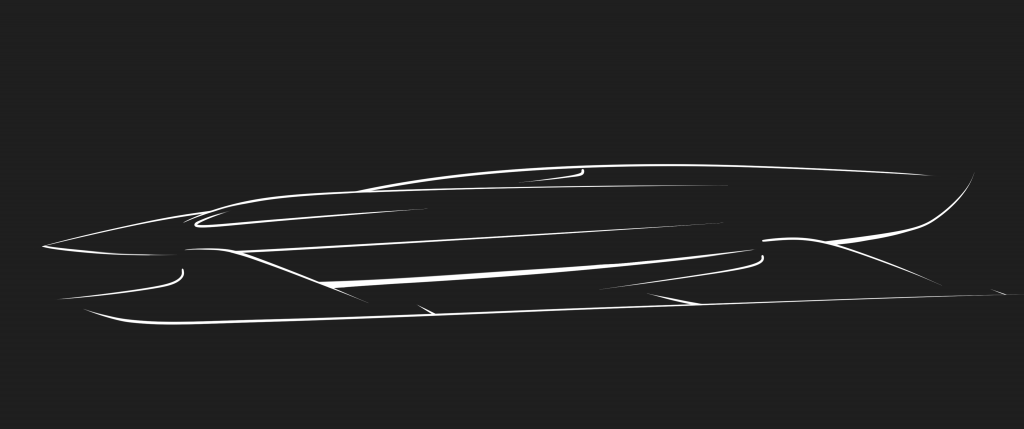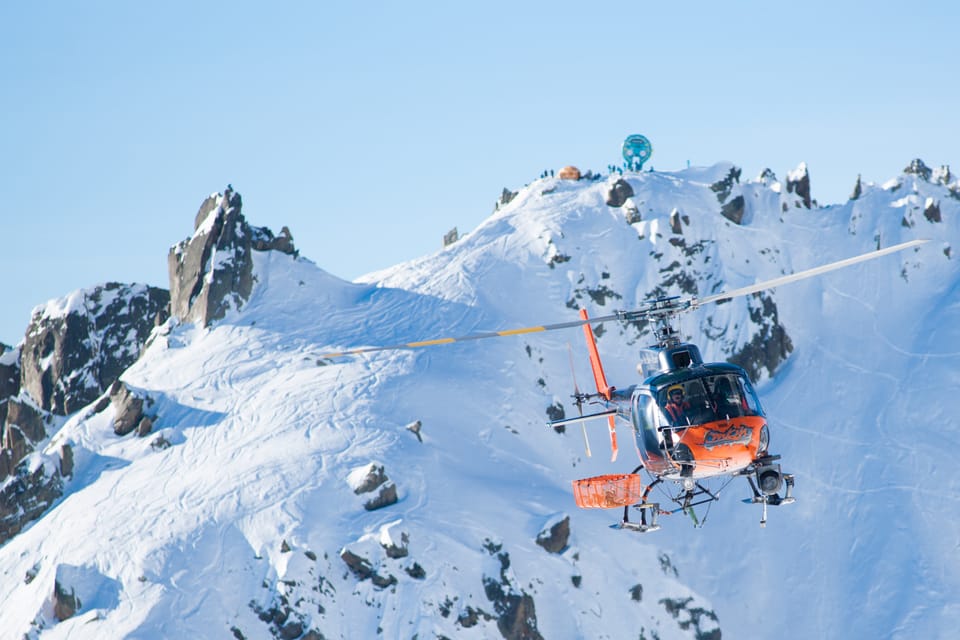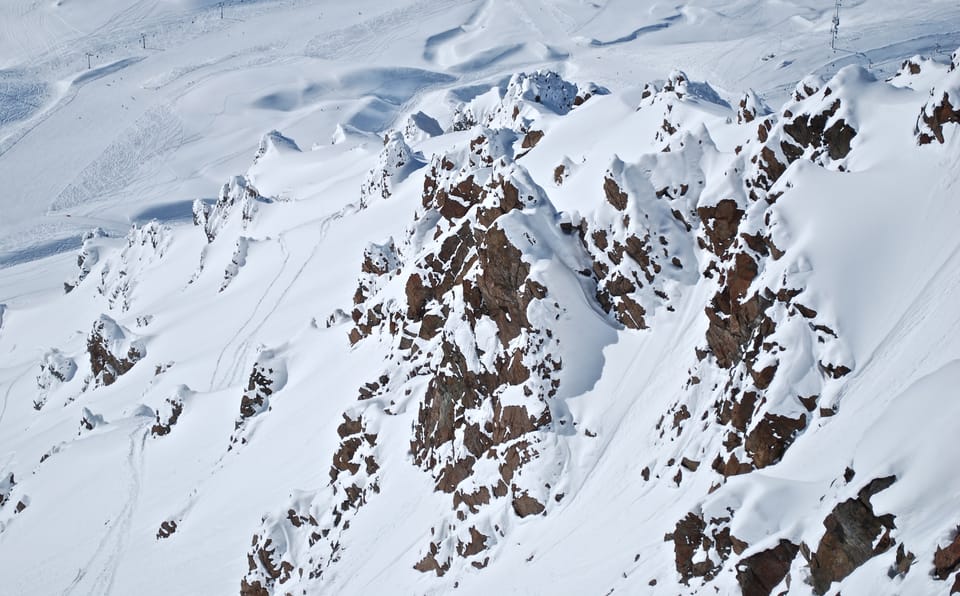World’s Fastest Sledge Seeks Pilot

A new device, the Super Sledge, is aiming to hit the fastest speed ever recorded for a device without any engines powering it.
But the Norwegian team behind the project, which aims to hit speeds of 300 km/h(186 mph) with their sledge, has one problem, they need to find a pilot.
Not just anyone can apply either. Although height and weight requirement are fairly flexible as the sledge will be designed around the pilot, whoever gets the job must be pretty fit, with excellent physical and mental health to be able to tolerate both pressure it required during training, but also keep focus during the actual record attempt as well as withstand the g-force involved.

He or she will also need to be wealthy, or at least to have access to funds through sponsorship. It’s not quite as expensive as booking a flight in to space with Jeff Bezos, but still the pilot will need to have a budget of $3-5m (US) to buy the seat and the chance to go down in history as the fastest ever human in a non-motorised craft.
300 km/h will smash the existing speed record of a human driven snow sledge set by Guy Martin at 134.36km/h (83.49 mph) at Grandvalira in Andorra on 10 January 2014. It would also be faster than the fastest speed skier to date, Italian Ivan Origone who reached 254.958 km/h (158.424 mph) in Vars, France in 2016. No other human has gone faster without a motorised device to move them.
The Super Sledge is the brainchild of Nima Shahinian and it’s something he has been dreaming about for a long time.
He began dreaming of the sledge more than 30 years ago in the small town 30 minutes north of Oslo where he grew up with little to do on the long moonlit nights except go skiing, boarding or sledging. Nima, whose father had a background in racing, was instinctively drawn to adrenalin.

Nima childhood dream began becoming a reality six years ago in the form of a full scaled functioning prototype as well as numerous scaled test models. The test model was tested in Toyota’s highly technological wind tunnel facilities in Cologne, Germany, where the resulting data was used to further enhance aerodynamic details.
With the prototype testing complete Nima has now got together with Chief Engineer Magnus Sørlie ready to finally build the fastest gravity racer on the planet. Now they just need to find that pilot.
“You thought buying one of the 21 Formula 1 seats was exclusive? Think again. This is a one-time opportunity with only one seat available. Do you think you have what it takes?” asks Nima, adding that candidates need to have guts, passion and dedication, as well as passing all the physical and mental health requirements, plus the little matter of the financial backing.
“We are hoping to land the driver before September 2021, because we have to mould the seat and tailor build the cockpit and steering wheel to the driver”, Sørlie underlines, and adds: “Even though this is a snow sledge –think of it more as a Formula 1 car on skies, where the driver sits completely protected in a safety cell cockpit”.





